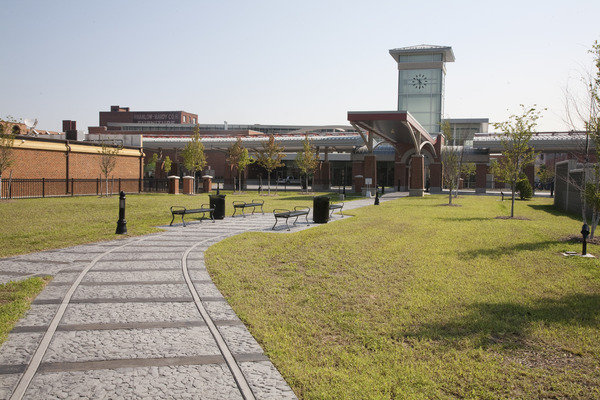
Crime Prevention Through Environmental Design (CPTED) is based on the principle that proper design and effective use of buildings and public spaces can lead to a reduction in the fear and incidence of crime, and an improvement in the quality of life. Wendel’s Architects are mindful to engage planners, landscape and interior designers, and your community stakeholders to create built environments that foster a climate of safety around your project right from the start. CPTED’s goal is to prevent crime by designing a physical environment that positively influences human behavior.
Addressing this in your project criteria is important and can provide benefits of safety and security when applied in the early conceptual, design and planning stages. Coming back later and retrofitting security measures after design can be expensive and less effective, with the added risk that the results can be unsightly; e.g. lobbies that don’t fit the proper screen equipment, have bars on windows, and many visible cameras.
Strategies are most successful when they inconvenience the public the least and employ a holistic approach to the development and planning process. Taking a greater role in designing the environment, CPTED is recognized as an acceptable component of LEED (Leadership in Energy and Environmental Design) or Green Building standards.

Wendel’s Architects employ simple cost effective strategies such as:
- Employing best practices to increase natural surveillance and visibility, to control and guide movement on the site and to distinguish between public and non-public spaces.
- Designing pedestrian and bicycle traffic in safe, visible open spaces that improve safety and security.
- Building orientations and landscaping that promote natural observation and maximize the opportunities for people to observe adjacent spaces and public sidewalks.
- Lighting on site, at all building entrances and along walkways that maintains a minimum acceptable level of security while not creating glare or excessive lighting of sites.
- Landscaping designed with trees, shrubs, sidewalks, lighting, signage, fencing and building features that intuitively and clearly guide pedestrian movement to and from exits, and on or through sites to control and restrict people to appropriate locations.
A delicate balance must be struck in physical planning and design. Physical design cannot solve all crime problems, but it can encourage the kind of interest on which community cohesion and neighborly self-protection can be based.
To learn more about the topic visit the Resource document CPTED Recommended Practices for Transit Facilities published by the APTA Transit Infrastructure Security Work Group.
Written by:
Tony Kellen
tkellen@wendelcompanies.com

For Past Transit Talks with Tony Blogs, CLICK HERE
